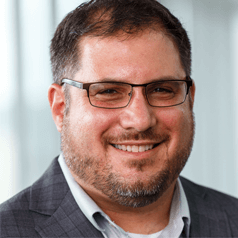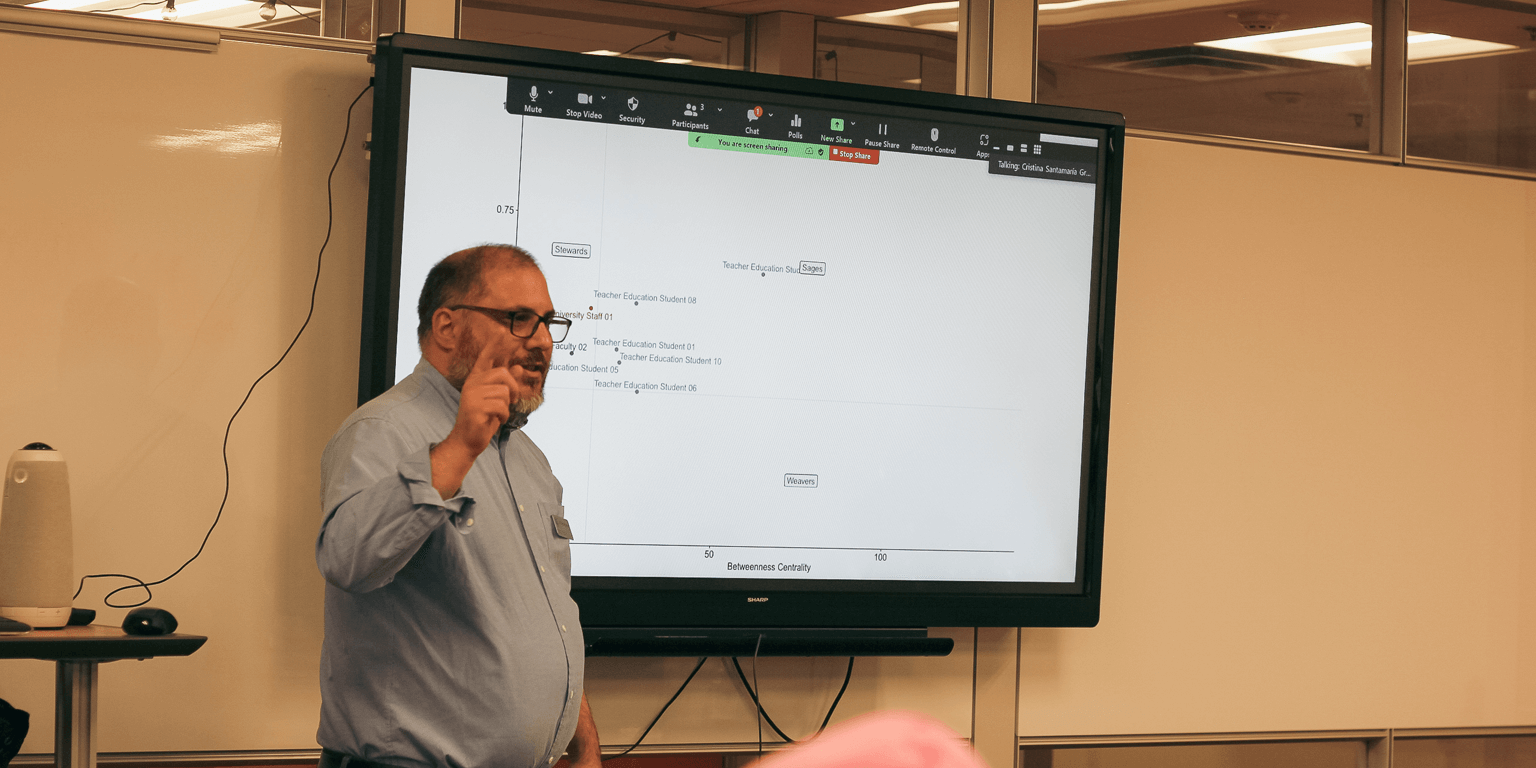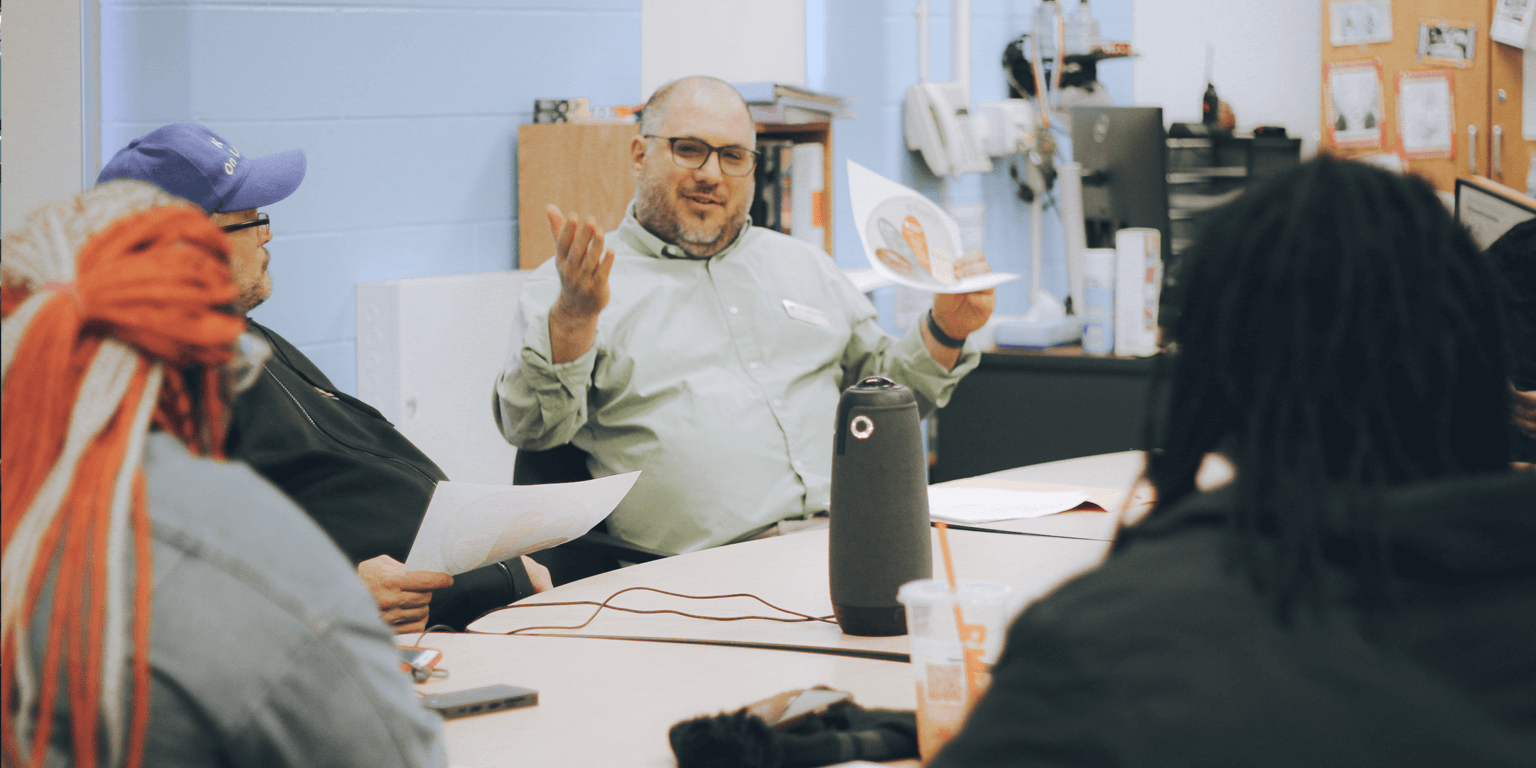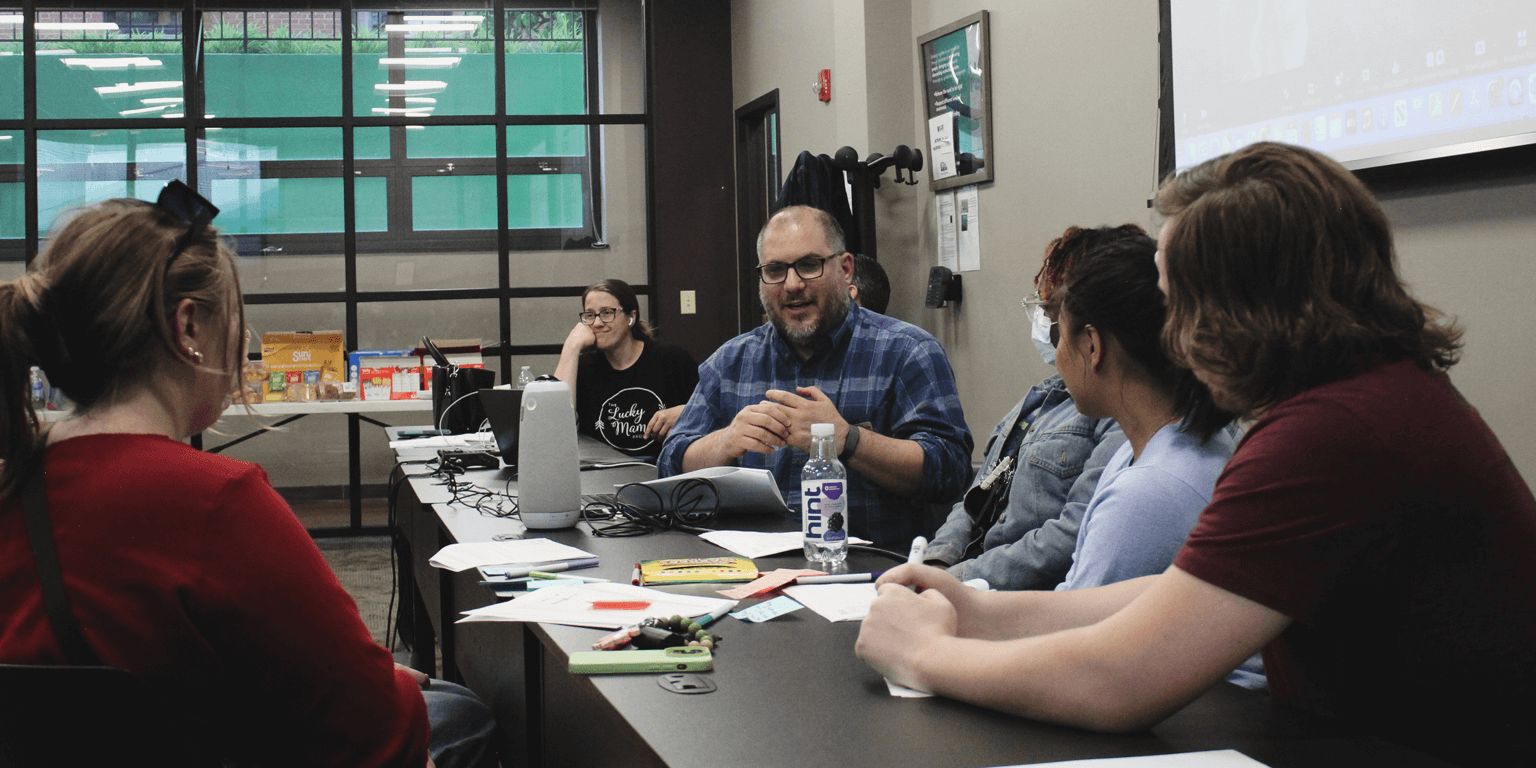
Jeremy F. Price, Ph.D., is an Associate Professor of Technology, Innovation, and Pedagogy at the Indiana University Indianapolis School of Education, where he also serves as Director of the Collaborative for Equitable and Inclusive STEM Learning (CEISL). As a community engaged public scholar-collaborator, Dr. Price is invested in using his experiences and expertise to engage and build capacity and capital in educational settings for marginalized and minoritized youth and communities to build, strengthen, and sustain an inclusive and just democratic project. He works to prepare preservice and inservice educators to use technology for just, equitable, and inclusive purposes that honors learners, their identities, and their communities. Dr. Price also works to provide educators in all fields with opportunities to interrogate, examine, and learn to teach through and discuss topics such as race, religion, hate, and extremism.
In his free time, Dr. Price enjoys taking walking, hiking, traveling, and spending time with his wife and two children. He also enjoys the challenge of working with the R statistical programming language to solve problems and create cool visualizations.

I seek to integrate the families, communities, and schools and foster compassionate networks to ensure that what happens inside the classroom and outside the school are collaborative and support the students as learners, as cultural beings, and as agents and contributors engaged in building a better world.
Dr. Jeremy Price



Q and A with Dr. Price
I have always been interested in the idea of schools as a “center of community,” as a nexus through which community interests, needs, and opportunities can be discussed, explored, planned, and implemented. To me, this makes sense, as families and communities entrust schools with their most important assets, their children. I grew up in an area where the schools fulfilled this networked and democratizing role; I was also able to see this from the inside growing up, as my father was a principal (and my principal for three very awkward years in middle school).
So, as a part of my efforts to improve learning environments for all children, I have worked to position the school in those ways and adopted a socioecological approach, considering any “small” classroom-based effort as embedded within and linked to a local community and a broader society. I think it was the ability to be a student, an active member of the community as I grew older, and getting inside views of schools in action that propelled—and continue to propel—me in my research trajectories.
Schools are complex and opaque institutions for students, families, and educators alike. Beyond the confusing swamp of bureaucratic twists-and-turns, schools are enmeshed in checkered institutional histories in which some students have been well served while other students have been traumatized. Although it seems particularly significant right now, schools have also frequently served as the site of political battles and the expressions of anxiety over social change since the first public school in what would become the United States was established by the Massachusetts Bay Colony in 1635 to ensure all boys would be able to read the Bible to keep their minds away from “evil and idle thoughts.”
In my work, I seek to integrate the families, communities, and schools and foster compassionate networks to ensure that what happens inside the classroom and outside the school are collaborative and support the students as learners, as cultural beings, and as agents and contributors engaged in building a better world. I do this by collaborating with families, communities, and schools to co-construct social, cultural, and material infrastructures that sustain the relationships, the lines of communication, and the trajectories of change.
Much of my work and the work of my team has been either through a statewide network during the stay-at-home phase of the COVID-19 pandemic, or, more recently, with the Near East Side of Indianapolis. Through each of these efforts, I have convened family caucuses and educator councils to identify opportunities for collaborative infrastructure building. As such, we have led—and been successful at—efforts statewide and locally to engage teachers in equity- and inclusion-focused professional development, provided models of practice through an in-school Math Studio and an afterschool STEM Studio, and built strong connections between participating family members and the schools their children attend. Indeed, some parents were able to obtain jobs at the schools because of the open lines of communication.
What gets me up in the morning is the process of working within and across networks that converge at a place (as Castells would define the concept of place, a physical location infused with meaning) to co-construct infrastructures to facilitate more inclusive, equitable, effective, and meaningful learning environments.
I have always collaborated with undergraduate and graduate students as research assistants. As a public and community engaged scholar-collaborator, I draw on Shulman’s concept of signature pedagogies when interacting with my students. I work to ensure that we work through and discuss the intellectual, technical, and moral aspects of engaging in public and community engaged research through the field of education.
In addition, more recently with Dr. Cristina Santamaria Graff, we collaborated on a project in which we brought undergraduate teacher education students, family members, and educators together. They all learned from each other, setting the stage for these future teachers to turn to parents as collaborators.
I cannot do my research without students.
As part of the infrastructure co-construction process, I ensure that community members help set the goals of the project, are consulted and engaged throughout the project, and have a strong influence on the outcomes of the project. We work together to establish routines and structures to make sure we are in communication throughout.
I cannot do my research without community members.
I am collaborating with Dr. Sunandan Chakraborty to build an AI chatbot that will support teachers in adapting their STEM lessons and activities to be more culturally relevant and community focused. We have been working directly with our community and educator collaborators so that their voices and intentions are built into the system. Funded right now by an NSF RAPID grant, we are currently seeking more funding to continue this work.
Conversation with Dr. Jeremy Price
On Friday, August 30, 2024, from 12 noon to 1 p.m., Dr. Jeremy Price will talk about “Infrastructures for Empowering Community-School Networks to Promote Equitable and Inclusive Change.”
Public schools play a pivotal role in shaping our future, preserving our history, nurturing informed citizens, and serving as vital community centers. However, they can also be places where children, especially those from marginalized communities, encounter challenges and trauma. Families often face difficulties advocating for their children's unique needs, cultures, languages, and traditions.
Dr. Jeremy Price will discuss his work on creating equitable, inclusive, and supportive learning environments through community-engaged research. He and his team have partnered with families, educators, and institutions on projects like a statewide initiative for culturally responsive remote teaching during the COVID-19 pandemic, and efforts in the Near East Side of Indianapolis to develop place-centered, culturally sustaining STEM learning environments. Join this conversation to learn how Dr. Price has transformed theoretical frameworks from the social studies of science and technology into practical strategies and concrete infrastructures for effective community collaboration.
Interested in Becoming an IU Indianapolis TRIP Scholar?
Eligibility
IU Indianapolis faculty member conducting translational community-based research
Benefits
- Valued member of an extensive network of researchers/collaborators
- Opportunities to showcase work
Subscribe to the TRIP Scholars of the Month

